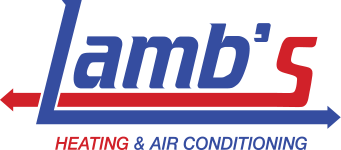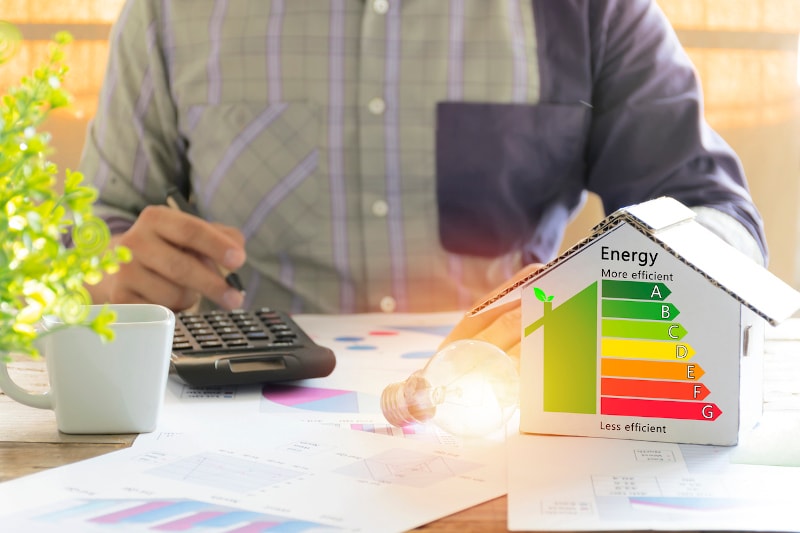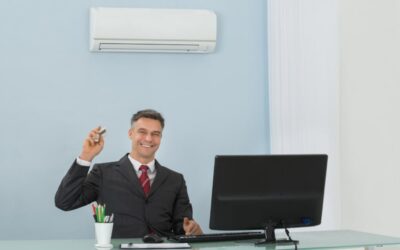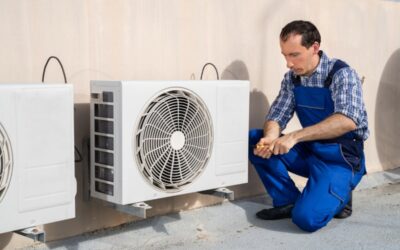Most households keep their doors and windows closed to prevent airborne pollutants from entering their home and maximize energy efficiency. While this may be advantageous, there is a greater risk of poor indoor air quality. Here’s how to use an energy recovery ventilator to save energy and improve indoor air quality in Jeffersonville, IN.
What’s an Energy Recovery Ventilator (ERV)?
An ERV is a specialized ventilation system whose purpose is to bring clean outside air inside the residence and to exhaust older air along with pollutants. This system works as both a fan and a way for air from the interior to the exterior to move around.
How Does an Energy Recovery Ventilator Save Energy
ERVs take in fresh air from outside by using two adjacent ventilation ducts to alternate between two air streams. The ERV takes fresh outside air and removes stale interior air. Contained fans installed between these ducts keep the two kinds apart.
The air filters in the fans keep dust, debris, and other pollutants out of the home. This helps with controlling and balancing humidity in the house as well as improving air quality. ERVs additionally include a heat exchanger to adjust moisture levels as required.
Improving the Performance of Your ERV
There are various benefits to installing and maintaining ERVs in Jefferson, IN. You may extend the life and efficiency of your ERV by following the recommended maintenance and care procedures. Here are a few things to consider while installing an ERV.
- Have an expert inspect your ventilator at least once a year
- Have it installed by a reputable service provider
- Maintain and service ERVs on a regular basis
- Be on the lookout for indicators of degeneration
Understanding how energy recovery ventilators work helps you know their potential advantages. Contact Lamb’s Heating & Air Conditioning today to improve your indoor air quality.
Image provided by iStock




